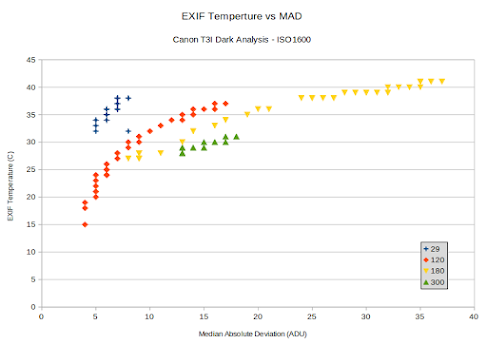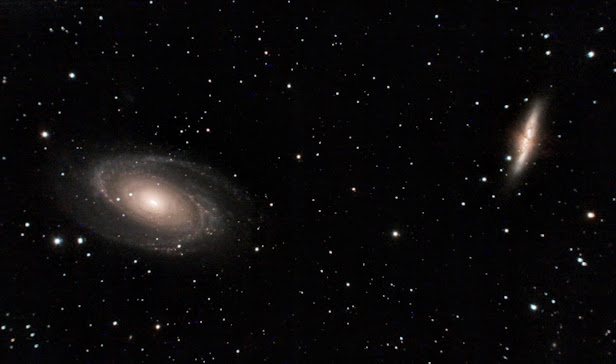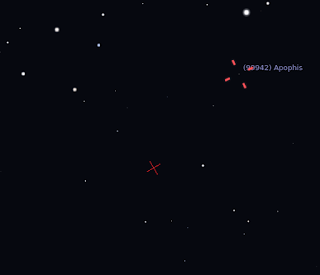Canon T3I Dark Current Analysis

Because I found learning calibration challenging during a demo for PixInsight (where horrendous results were obtained initially through simple mistakes), I also started to pay more attention to bias, dark and dark flat calibration frames. Whereas in Astro Pixel Processor, calibration is so easy that no attention need be paid, in PixInsight the user is down in the weeds looking at data... trying to figure out what's gone pear shaped. And so, I began to do some searches on the behavior expected for the Canon T3I, whether ISO1600 was (in fact) suitable for lights and darks, whether ISO100 is suitable for flats, etc. This led to an old (2015) page from the Blackwater Skies Blog on their PixInsight workflow for the Canon EOS 500D that (similar to other posts) noted that the dark current visible in Canon EOS DSLR cameras is modified before written to the RAW CR2 files to manage the dark current levels. At one extreme, this may suggest fixed pattern noise is no longer an issue in mod

